First thing’s first – a cold oven is frustrating, especially when dinner’s on the line. Before you book a technician, there are a few simple things you can test yourself. Most heating issues are caused by a faulty heating element, a broken thermostat, or a loose power connection. Knowing which part is at fault can save you time and money.
1. Heating element failure – In an electric oven the element glows red when it works. If it’s cracked, burnt out, or covered in grime, the oven stays cool. A quick visual check with the oven off can spot obvious damage.
2. Thermostat or temperature sensor problems – The thermostat tells the oven when to turn the element on. A faulty sensor can keep the element off even though you’ve set a temperature. Many ovens let you test the sensor with a multimeter; a reading far from the spec means it needs replacement.
3. Power supply issues – An oven draws a lot of electricity. A tripped breaker or a loose plug can stop power from reaching the heating circuit. Reset the breaker and make sure the plug is snug.
4. Control board failure – Modern ovens use electronic boards to manage heating cycles. If the board is damaged, the oven may think it’s already at temperature. This is harder to diagnose without tools, but if the display works while the heat doesn’t, the board could be the culprit.
Start with the easy stuff. Turn off the oven, unplug it, and open the back panel to locate the heating element. If it looks blackened or broken, replace it – they’re inexpensive and a quick swap with a screwdriver.
Next, check the thermostat. Most ovens have a removable temperature sensor that you can pull out and test. Set your multimeter to ohms and compare the reading to the numbers in your user manual. If it’s out of range, order the correct part and install it the same way you removed it.
Don’t forget the breaker. Go to your consumer unit, locate the oven’s circuit, and flip it off then on again. If the breaker trips immediately, there’s a short somewhere – that’s a time to call a professional.
If you’ve tried these steps and the oven still won’t heat, it’s probably the control board or a hidden wiring issue. Trying to fix that yourself can be risky, especially with the high voltages involved. That’s where Bognor Regis Appliance Repair Experts come in. Our qualified technicians can diagnose the exact fault, replace the right part, and get your oven back to a proper temperature in no time.
Remember, regular maintenance helps avoid heating problems. Keep the interior clean, wipe any spills before they harden, and give the element a once‑a‑year check for wear. A little care now means fewer calls for emergency repairs later.
If you’re stuck, don’t gamble with electricity. Call us, describe the symptoms, and we’ll arrange a same‑day visit. Fast, reliable service is our promise, and we’ll make sure your oven heats up again so you can get back to cooking the meals you love.
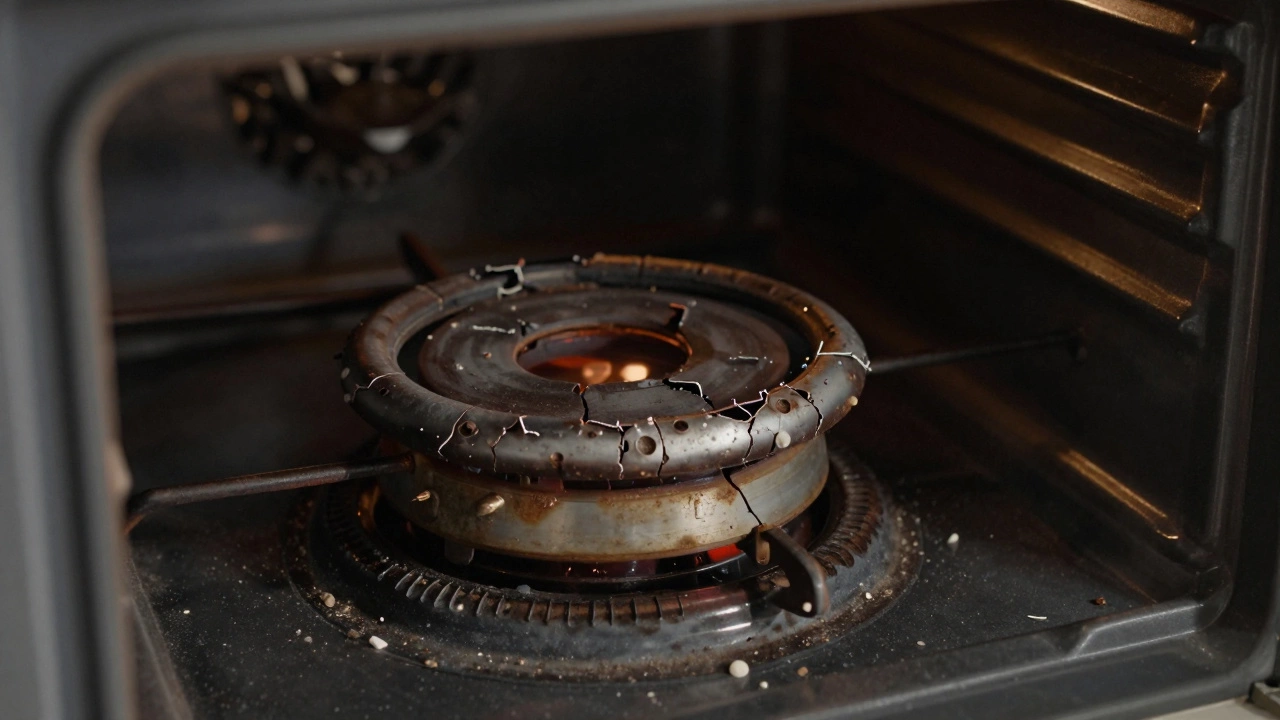
If your oven won't heat up, it's usually a simple fix-like a broken element, faulty thermostat, or blown fuse. Learn the most common causes and how to diagnose them yourself before calling a repair technician.
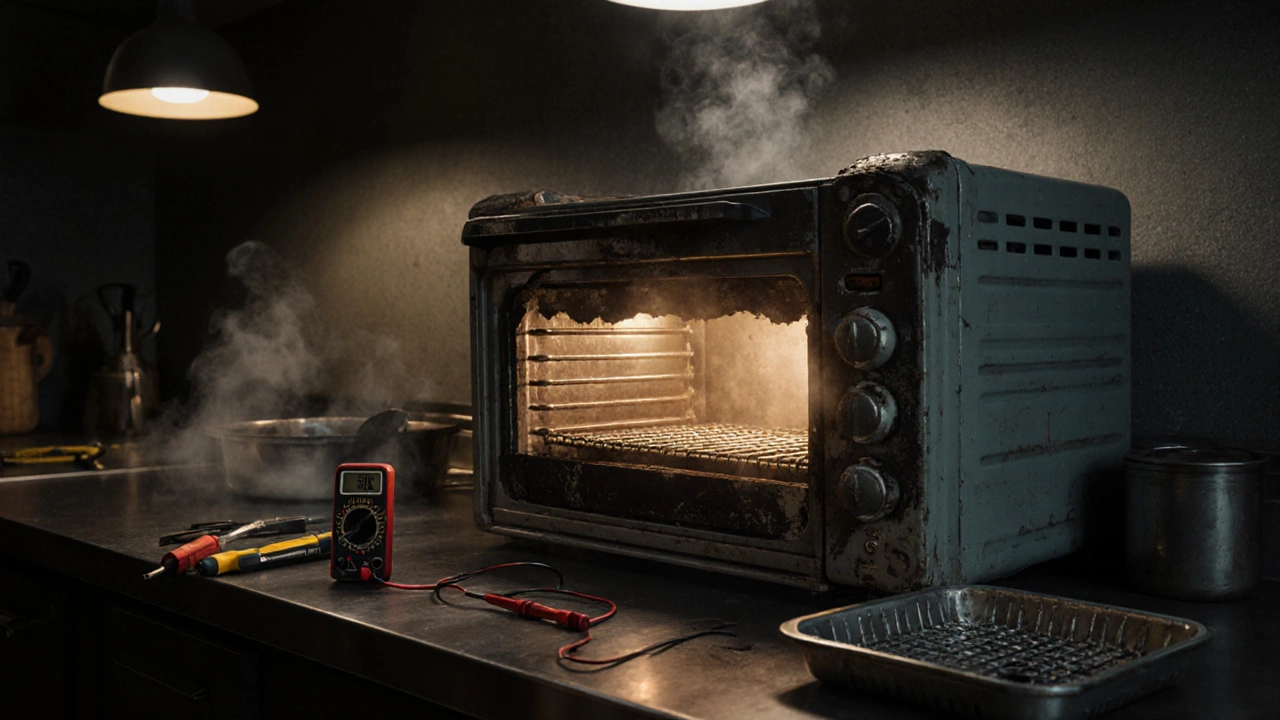
If your electric oven isn't heating, it's usually due to a broken element, faulty thermostat, or blown thermal fuse. Learn how to diagnose and fix the most common causes quickly and safely.
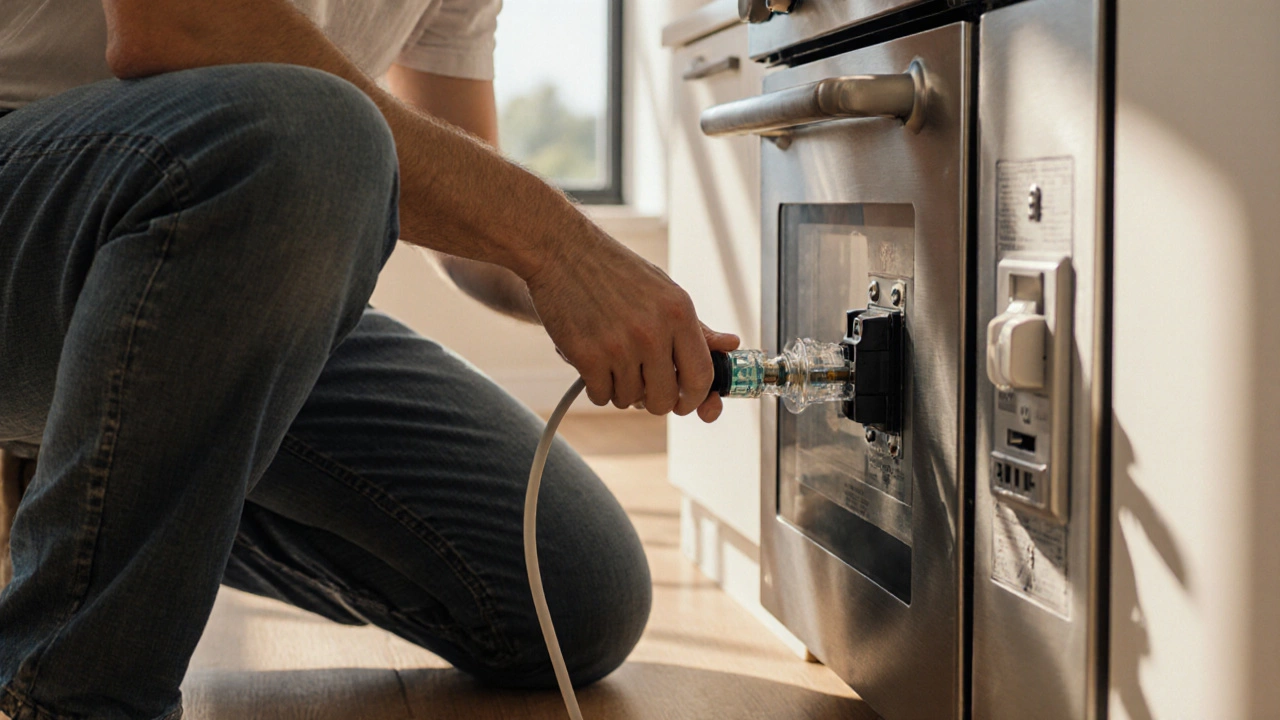
Learn why your electric oven suddenly stopped working, diagnose power, element, thermostat or safety fuse issues, and decide when to DIY or call a repair professional.
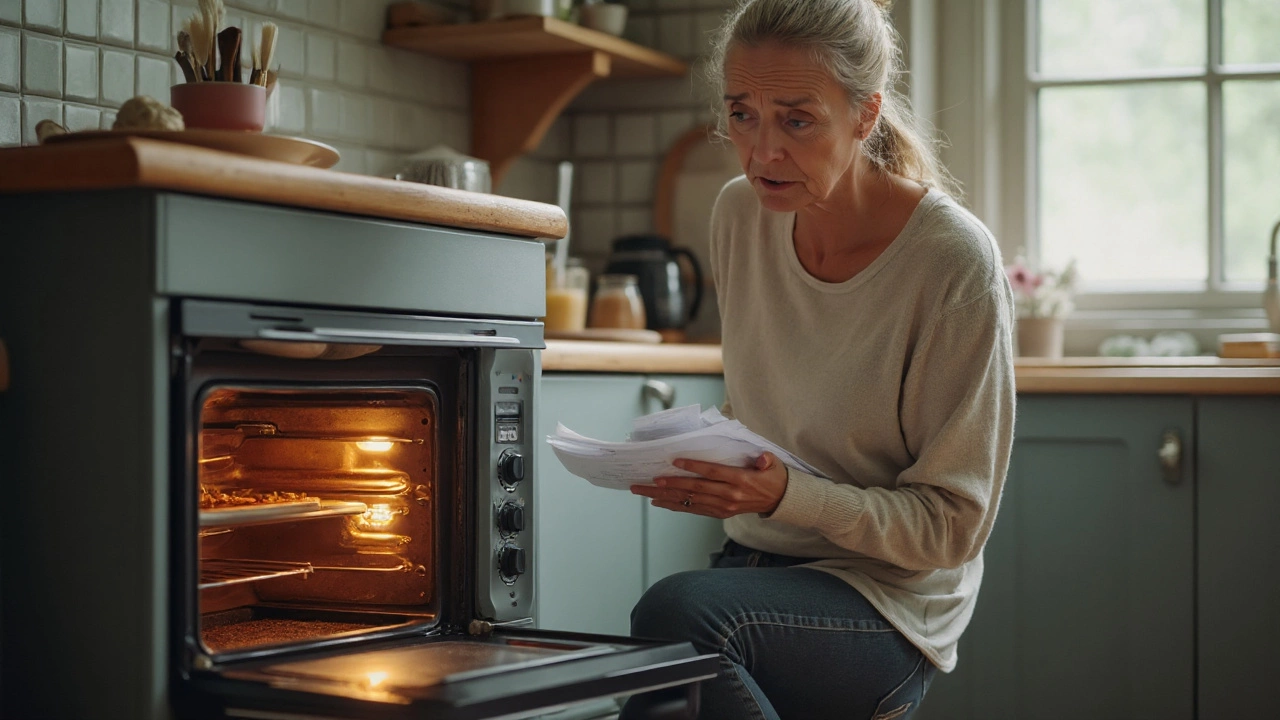
Got an electric oven that's not heating? Discover the most common issues, why they happen, and how you can fix or prevent them without calling a pro.
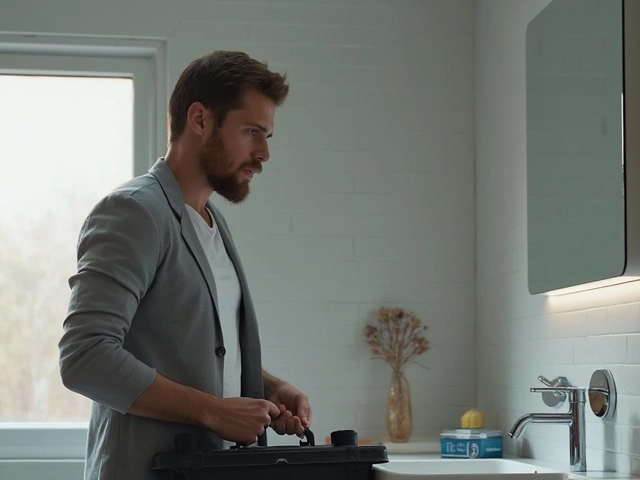
Discover who to call when your bathroom extractor fan starts acting up. This article explores whether to hire a professional electrician or tackle it yourself, highlighting common issues and maintenance tips. You'll also learn why keeping your fan in top shape matters more than you might think.
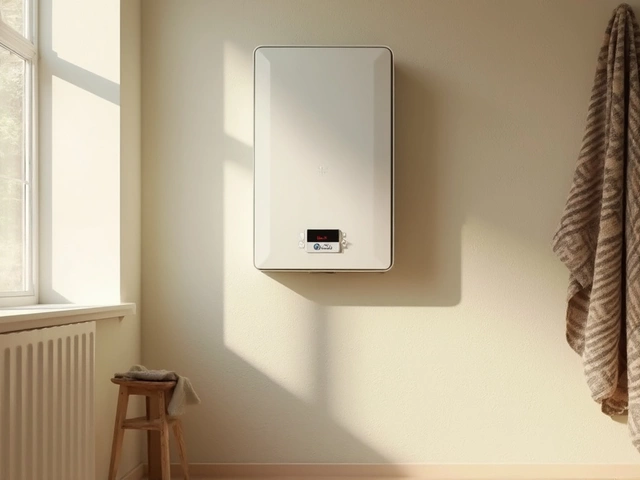
Troubles with your water heater might mean it needs a reset. Knowing when and how to reset it can prevent cold showers and unnecessary stress. This guide covers signs your water heater needs resetting, why it's important, and how to do it safely. Plus, learn some handy maintenance tips to keep it running smoothly.

Proper appliance maintenance can save money, extend lifespan, and keep everything running smoothly at home. Learn about essential maintenance tips for common household appliances and understand why some regular attention can go a long way. Dive into practical tips and advice that are easy to apply and can prevent inconvenient breakdowns.
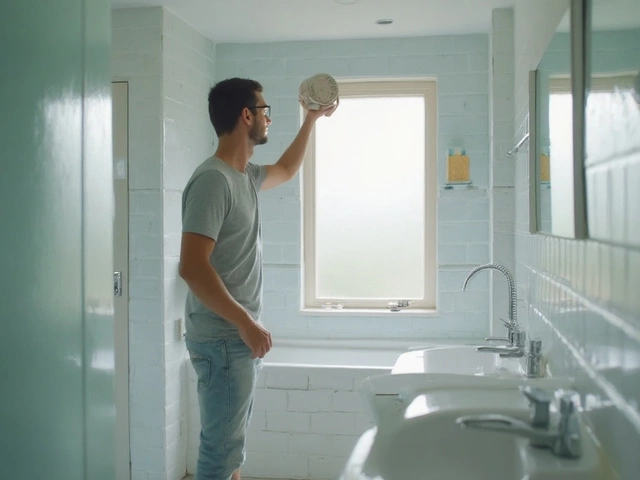
Nobody wants to deal with a stuffy bathroom or smoky kitchen, but if your extractor fan isn’t working, that’s exactly what you’ll get. This article shows you how to check if your extractor fan is doing its job or just taking up space. From simple power checks to quick airflow tests, you’ll learn hands-on methods anyone can use—no tech wizardry needed. Expect practical tips, a couple of helpful tricks, and signs that tell you when it’s time to call an expert. Don’t let stale air hang around: let’s figure out what your fan is up to.
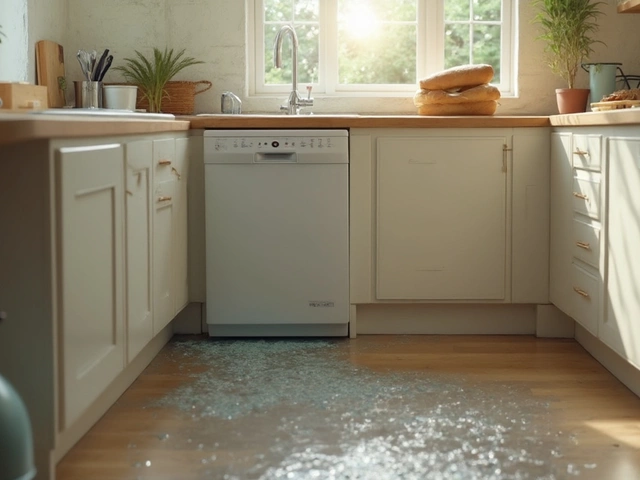
Dishwashers are a staple in modern kitchens, but they often face common issues. So, what's the most frequent problem users encounter? This article dives into typical faults like drainage issues and proposes practical solutions. Understand why your dishwasher might not clean effectively and learn simple DIY fixes to keep it in top shape. By addressing these issues, you'll ensure your dishwasher runs smoothly for years to come.